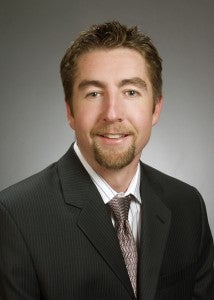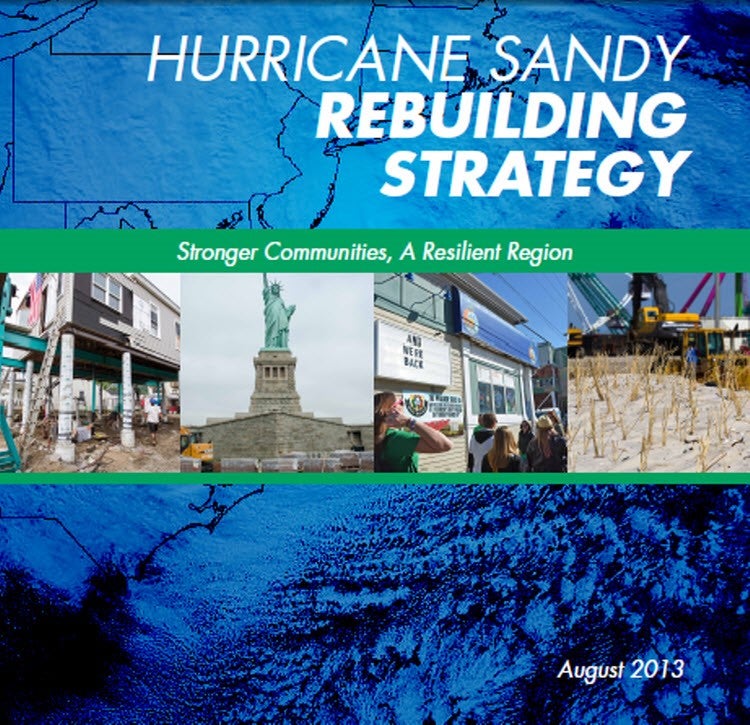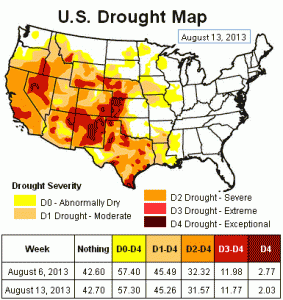 In 1973 Chase Manhattan Bank saw “virtually no scope for conservation” of electricity. In 2011 the total market for energy efficiency in buildings was worth $68 billion and is expected to grow more than 50% by 2017.
In 1973 Chase Manhattan Bank saw “virtually no scope for conservation” of electricity. In 2011 the total market for energy efficiency in buildings was worth $68 billion and is expected to grow more than 50% by 2017.
The same thing is being said about greenhouse gas (GHG) protocols for agriculture today as energy efficiency 40 years ago. When the California Air Resources Board (CARB) stated that they plan to consider a protocol for rice farmers in California and the Midsouth, some stated that the reductions from the protocol would be “very small” and not “widely used.” These criticisms miss a key point.
The rice protocol is the jumping off point for a wide-range of agricultural offsets. The rice protocol will demonstrate the benefits from the use of biogeochemical models, such as the DeNitrification DeComposition (DNDC) model, pioneered by the University of New Hampshire over the past two decades. It will show how agricultural producers can aggregate their reductions with fellow farmers to create an offset project. It will revolutionize ways to verify large amounts of data through risk-based sampling. In short, this is the start of something significant.
Once the rice protocol is approved, CARB can turn its attention to other crops such as corn, wheat, or leafy greens. They can look at grazing practices on land across the United States. These practices, just like energy efficiency, add up fast. It is entirely possible to achieve annual GHG reductions of one hundred million metric tons of CO2e reductions, equivalent to taking more than 20 million cars off the road, over the next ten years.
Because agriculture is the largest uncapped sector under California’s cap-and-trade program, it has a unique potential to help California meet its 2020 target. To play a role in the program, the rice protocol needs to be adopted this spring and additional offset protocols from agriculture need to be considered in the upcoming years.















